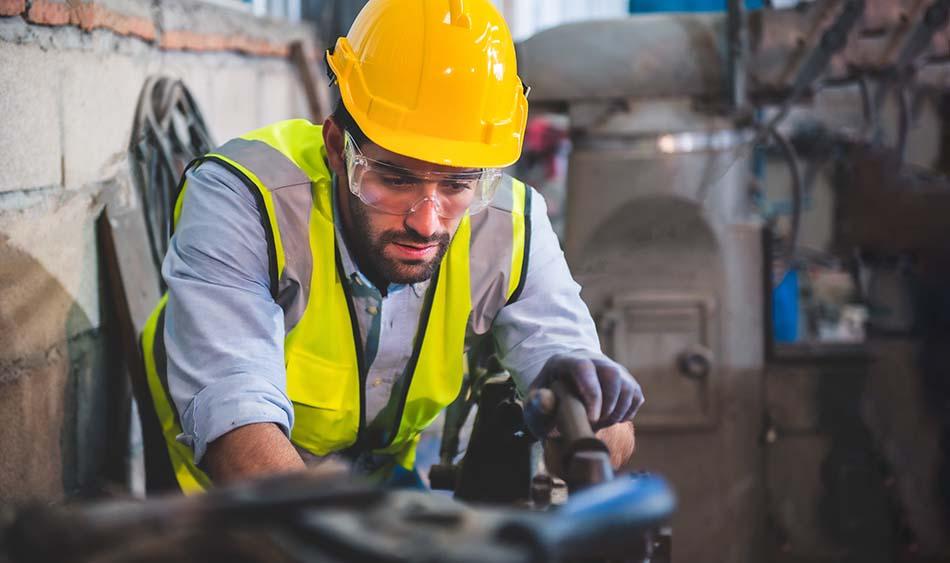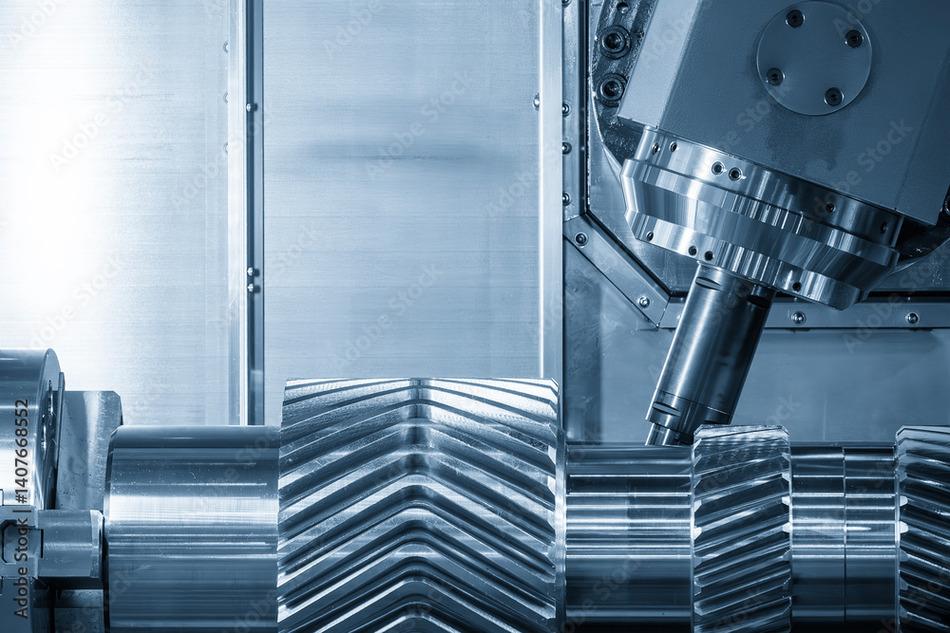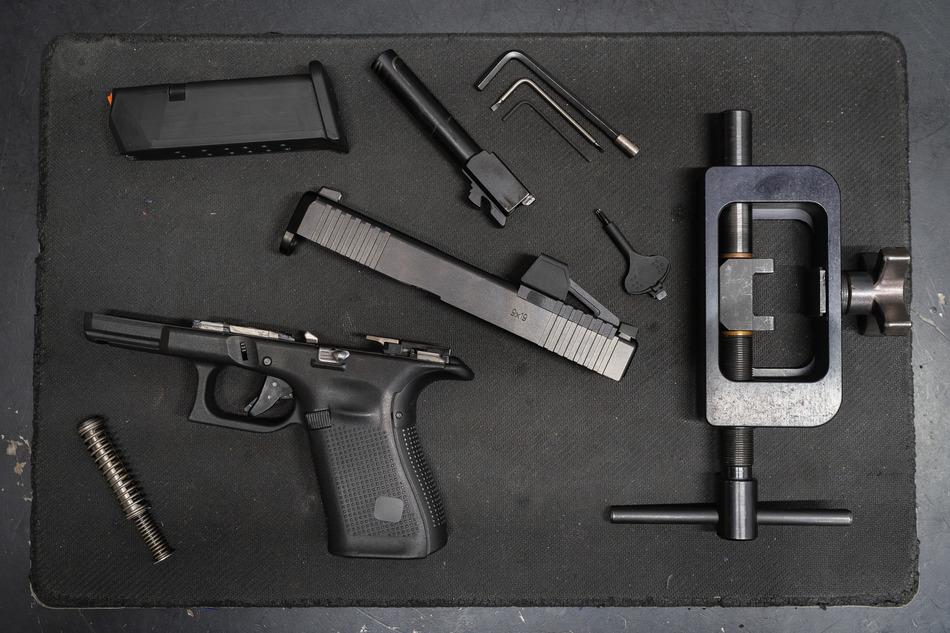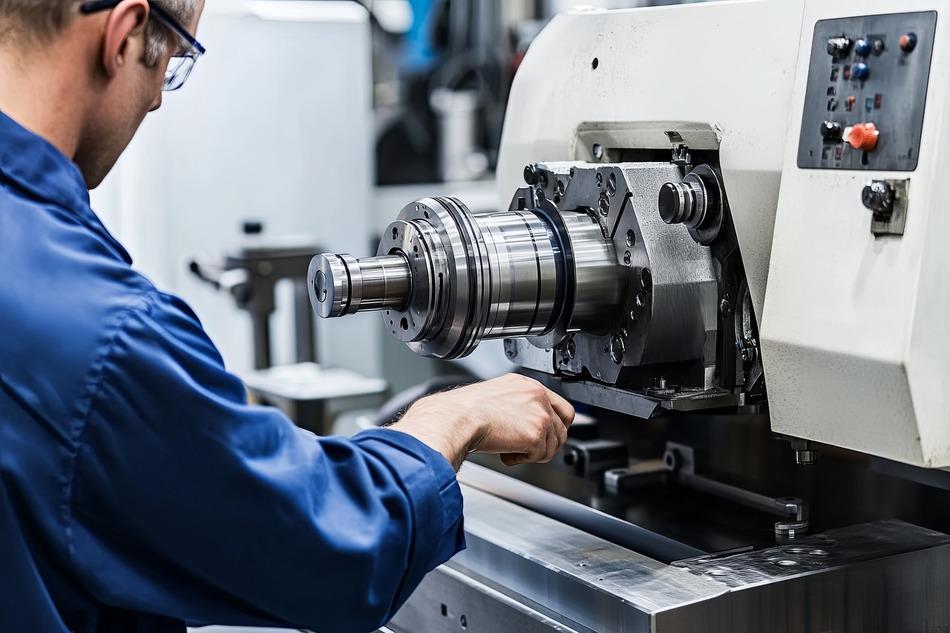Best Practices for Operator Safety Around CNC Machines
CNC (Computer Numerical Control) machines have transformed the manufacturing industry by improving efficiency, precision, and safety. However, despite their advantages, CNC machines still pose risks if not handled properly.
To ensure the safety of all workers, it is essential to follow best practices for operator safety. Proper procedures, training, and the use of personal protective equipment (PPE) can significantly reduce the risk of workplace accidents and injuries.
Stay Up to Date with Training
Operating CNC machines requires specialized training. Workers should attend regular safety training sessions to stay informed about new safety topics and guidelines in the manufacturing industry.
It is essential for operators to practice proper machine handling techniques under supervision before operating independently. Continuous training ensures that operators are always prepared for safe operation and helps reduce the risk of workplace accidents.
Always Wear Proper Safety Gear
Personal protective equipment (PPE) is the first line of defense against workplace injuries. Operators should always wear:
- Safety glasses to protect their eyes from flying debris.
- Hearing protection when working with loud machines.
- Gloves when handling raw materials (but never near moving parts).
- Steel-toe boots to protect feet from heavy equipment and dropped materials.
Wearing appropriate PPE minimizes the risk of injury and helps protect operators from hazards in the workplace.
Understand the Machine’s Safety Features
Each CNC machine is equipped with built-in safety mechanisms. Operators should be familiar with features such as:
- Emergency stop button, which halts the machine instantly in case of danger.
- Interlocking guards that prevent the machine from running when safety doors are open.
- Automatic shut-off sensors that stop the machine when irregularities occur.
Knowing how to use these features properly can make a huge difference in preventing accidents and ensuring safe operation.
Keep a Safe Distance from Moving Parts
Moving parts in CNC machines, such as cutting tools and rotating spindles, can be extremely dangerous. Operators should:
- Never reach into the machine while it is running.
- Use tools instead of hands to remove finished parts.
- Stay outside the designated safety zones when the machine is in operation.
Maintaining a safe distance from moving parts is essential for minimizing the risk of serious injuries.
Follow Proper Machine Setup and Shutdown Procedures
Before starting machining operations, operators should
- Secure all workpieces firmly to avoid movement during cutting.
- Double-check programming for accuracy to prevent unexpected movements.
- Verify that all guards and covers are in place.
After completing a machining process, it’s crucial to:
- Power down the machine properly.
- Remove any excess materials or debris.
- Perform a quick inspection for any signs of wear or damage.
Following proper start-up and shutdown procedures ensures the equipment safely operates and reduces the risk of mechanical failures.
Maintain a Clean and Organized Work Area
A cluttered workspace increases the risk of accidents. To ensure a safe environment:
- Keep the floor free of tools, cords, and materials to prevent tripping hazards.
- Regularly clean up coolant spills and metal shavings.
- Store all cutting tools in designated areas when not in use.
A well-organized workspace improves health and safety conditions in the manufacturing environment.
Perform Regular Machine Maintenance
Regular maintenance is essential for keeping CNC machines in safe working condition. Operators and technicians should:
- Check for worn-out or damaged parts before use.
- Ensure all lubrication points are properly maintained.
- Report any mechanical issues immediately.
Keeping machines in optimal condition prevents malfunctions and helps ensure the safety of all workers.
Avoid Distractions While Operating CNC Machinery
Distractions in the workplace can lead to dangerous mistakes. Operators should:
Focus on their task while the machine is running.
- Avoid using phones or engaging in unrelated conversations near active machines.
- Stay alert and pay attention to the machine’s sounds and movements for any irregularities.
Staying focused while operating CNC machines is critical for minimizing the risk of errors and accidents.
The Importance of Safety in CNC Machining
Safety around CNC machines should always be a top priority. By following best practices—such as wearing proper safety gear, keeping a clean workspace, and staying up to date with training—operators can significantly reduce the risk of injuries. The manufacturing industry continues to advance, but the importance of safe work habits remains constant. By implementing these safety measures, workplaces can ensure a safer and more productive environment for everyone.




